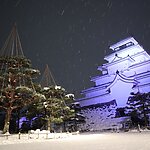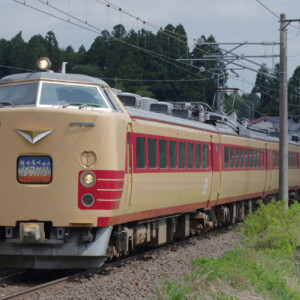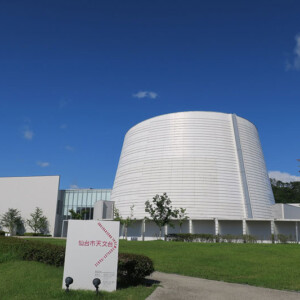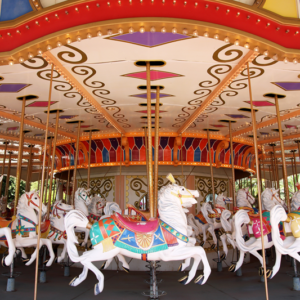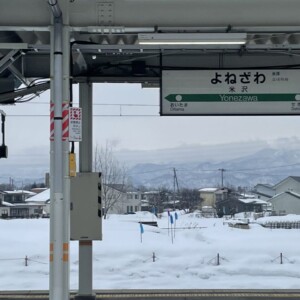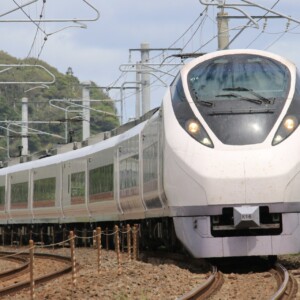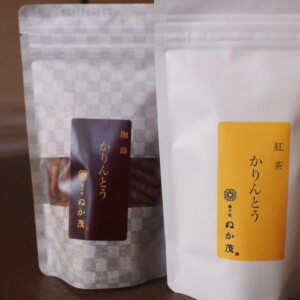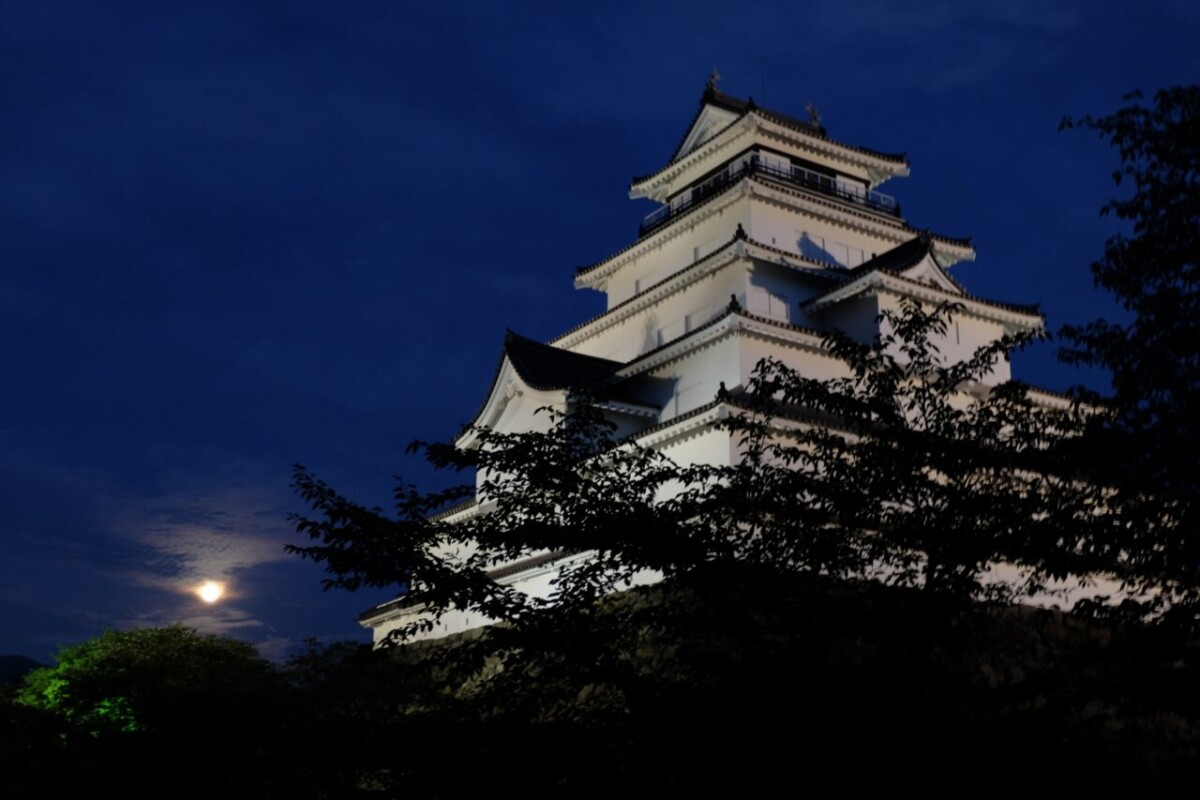
[Fukushima Prefecture] What is the history of Tsuruga Castle, which was the setting for the tragedy of the end of the Edo period?
table of contents
Speaking of sightseeing in Aizuwakamatsu City, Fukushima Prefecture, Tsuruga Castle ! Tsuruga Castle is popular among castle fans because of its beautiful red tiles, but do you know its history?
In this article, we will introduce the history of Aizu Tsuruga Castle and its tourist attractions. The more you understand, the more enjoyable your sightseeing will be! Please use this as a reference when you visit.
What kind of area is Aizuwakamatsu City, Fukushima Prefecture?
Aizuwakamatsu City, Fukushima Prefecture, is the most populous town in the Aizu region in western Fukushima Prefecture. During the Edo period, it flourished as a castle town of the Aizu clan, and is famous for its tourist attractions related to the history of samurai families.
The Aizu Basin is famous for its rice production, and sake brewing, which takes advantage of the rich rice and clean water, is one of the local industries. It attracts attention from all over the country in search of delicious sake.
There are also many other traditional crafts such as ``kozuyu'' , a local dish with roots in samurai cuisine, `akabeko'', ``Aizu lacquerware'', and ``picture candles'' . Even today, it is a town that still retains a strong sense of history, and is being developed to be an attractive town.
What is the history of Tsuruga Castle? From the Sengoku period to the Edo and Meiji periods, weaving history
The official name of Tsuruga Castle is Wakamatsu Castle. Built approximately 630 years ago, it withstood the onslaught of the new government's forces during the famous Boshin War of 1868, and was known as an ``impregnable castle.'' The castle tower with its red tiled roof is beautiful and is counted as one of Japan's top 100 castles.
Tsuruga Castle, which has a history since the Sengoku period
Aizu was originally a land ruled by the Ashina clan, descendants of the Miura clan of Ashina, Miura District, Sagami Province (present-day Ashina, Yokosuka City, Kanagawa Prefecture), and Tsuruga Castle was also called Kurokawa Castle at the time.
In the middle to late Sengoku period, Date Masamune defeated the Ashina clan and acquired the castle. However, when Date Masamune became a vassal to Toyotomi Hideyoshi, Aizu was taken over and became the castle of the Gamo clan.
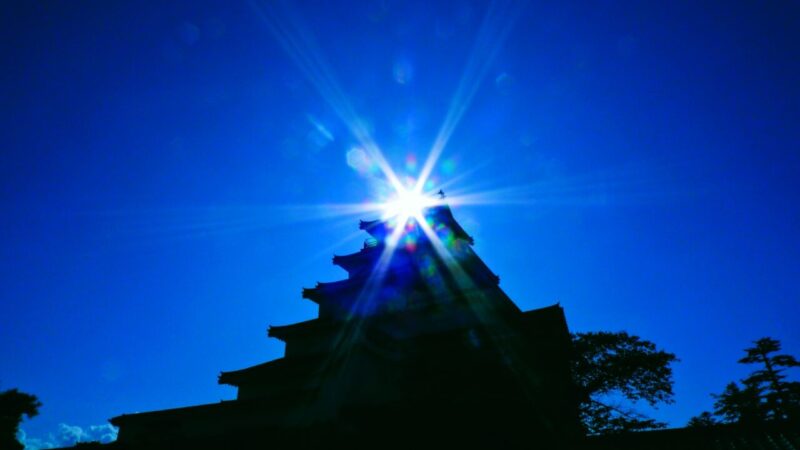
Starting in 1592, the Gamo clan improved the castle into a modern castle, developed a castle town, and renamed the town Wakamatsu. In 1593, the castle tower was completed and the castle was renamed Tsuruga Castle.
The reign of the Gamo clan changed, and after Masayuki Hoshina became the lord of the castle, it became the residence of the Aizu Matsudaira family (changed its name from the Hoshina clan) until the Meiji Restoration.
Battle of Aizu Castle in the Boshin War
This happened at the end of the Edo period, after the Tokugawa shogunate, the Satsuma domain, and the Choshu domain were in conflict, and Edo Castle was surrendered in a bloodless manner. The Satsuma and Choshu forces invaded Aizu, which was home to the former Shogunate army.

The Aizu army was defeated at Bonari Toge in Inawashiro Town, and was confined to Aizu Castle for about a month starting in October 1868. During that time, a fierce battle took place between the Aizu clan and the new government forces. The Aizu army continued to put up a brave resistance, but in the end they surrendered and surrendered the castle.
Sad historical facts remain in the Boshin War. Women committed suicide in samurai residences near the castle. The Byakkotai, an organization made up of young boys who were not even old enough, died in battle and committed suicide. Many flowers are still placed at the graves of the soldiers who were the last to reach Iimoriyama after the defeat of the Byakkotai.
What is the current Tsuruga Castle? Reminiscing about the castle ruins that served as the setting for history
After the Boshin War, Tsuruga Castle was demolished, leaving only the stone walls. In September 1965, the castle tower was rebuilt. In the spring of 2011, the red roof tiles looked beautiful as they did during the end of the Edo period.
Inside the castle tower, explanations of the history of Aizu and Tsuruga Castle and many valuable materials are displayed from the 1st to 4th floors. You can reminisce while looking at the buildings that served as the setting for history.
The fifth floor, the top floor of the castle tower, is an observation deck that offers a panoramic view of the castle grounds. The castle town, which was once destroyed by war, has become a beautiful cityscape. You can get a feel for the reason why it is an impregnable castle, with stone walls that are 20 meters high and a moat.
In addition, the former castle ruins where the castle tower was built are now Tsuruga Castle Park. Inside the park, there are shops where you can buy various Aizu souvenirs, as well as the tea room ``Rinkaku'', which is associated with Sen no Rikyu's son, Shoan. It is also recommended as a sightseeing spot.
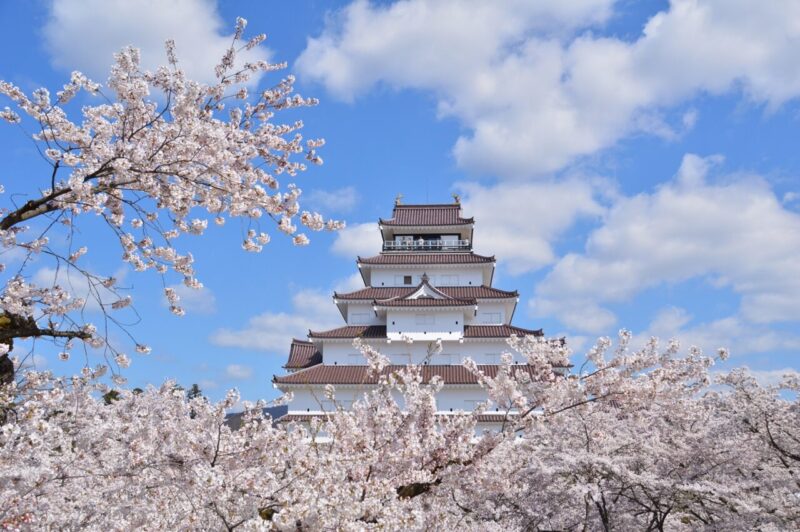
In spring, many people visit the park as a famous spot for cherry blossom viewing. Why not take a photo of the beautiful collaboration between Tsuruga Castle and cherry blossoms?
summary
This time we introduced the history of Tsuruga Castle in Aizuwakamatsu City, Fukushima Prefecture.
Tsuruga Castle has been associated with many people who left their names in history. It still impresses people who see it with its beauty, but I think knowing the history behind it will make it even more moving. When you stop by Fukushima Prefecture, be sure to think about it.
Tsuruga Castle<Information>
- Name: Aizuwakamatsu Castle (Tsuruga Castle)
- Address: 1-1 Otemachi, Aizuwakamatsu City, Fukushima Prefecture 965-0873
- Year of construction: 1384
- Official URL: https://www.tsurugajo.com/tsurugajo/





![[Fukushima Prefecture during the Boshin War] What were the decisions of Aizu, Shirakawa, Tanagura, Nihonmatsu...and other domains? Statue of the White Tigers of Mt. Imori](https://jp.neft.asia/wp-content/uploads/2022/06/3579410_m-150x150.jpg)

![[Aizuwakamatsu City, Fukushima Prefecture] The biggest festival in Aizu! Aizu Festival 2023 holding information 634-1569](https://jp.neft.asia/wp-content/uploads/2023/08/634-1569-1-150x150.jpg)
![[Fukushima Prefecture] 3 recommended hot springs in the Aizu region selected for their secret hot springs, famous hot springs, and unique spring quality! 4120872_m](https://jp.neft.asia/wp-content/uploads/2024/04/4120872_m-150x150.jpg)
![Amida-ji Temple, where the grave of Saito Ichi, the Aizu clan's dead war burial site and Shinsengumi, is located during the Boshin War [Fukushima Prefecture] Aizu Eastern Army Cemetery “Amidaji Temple”](https://jp.neft.asia/wp-content/uploads/2024/10/IMG_9614-150x150.jpg)
